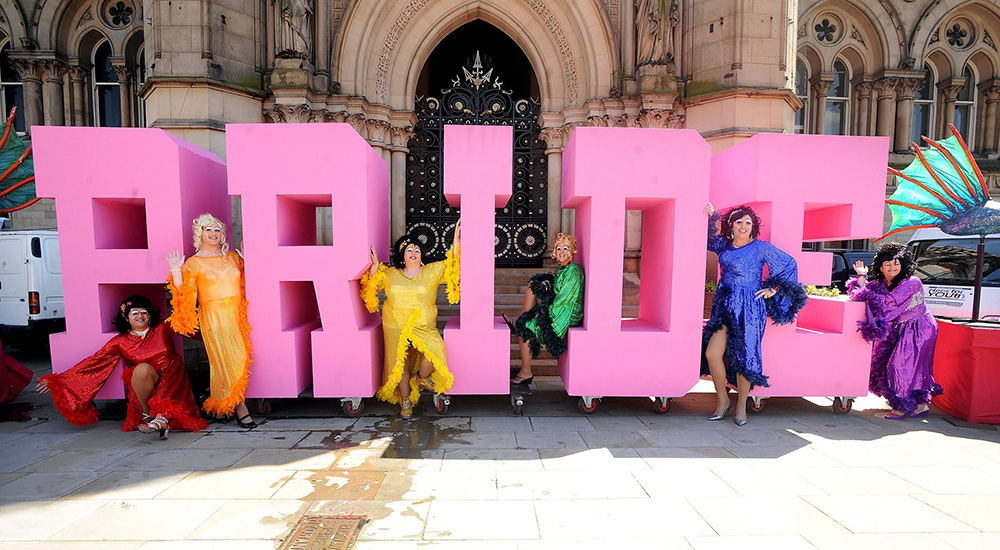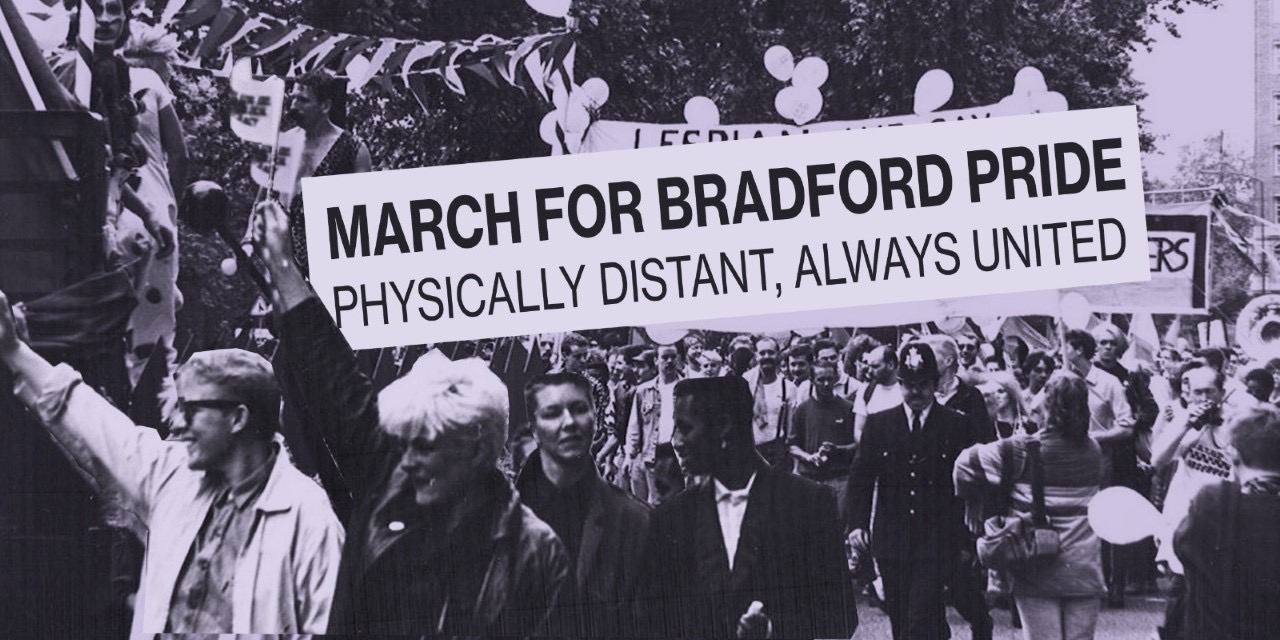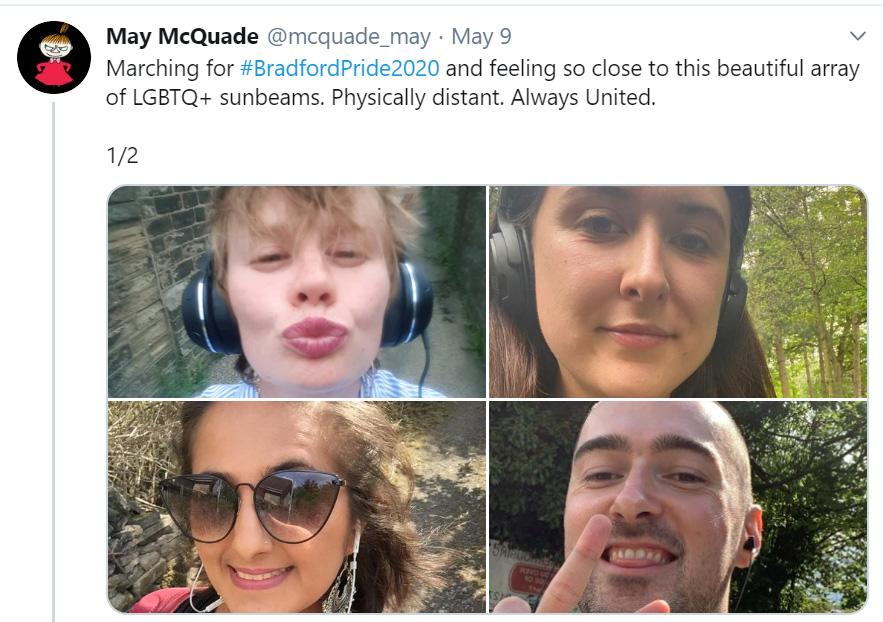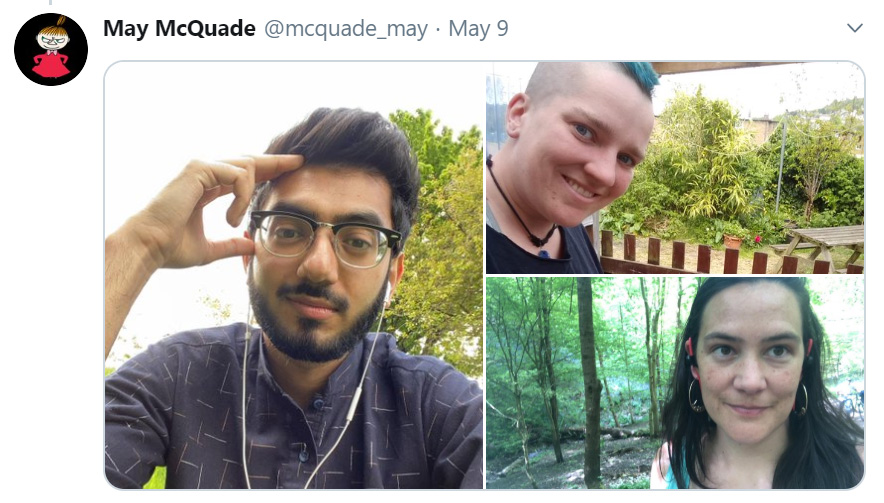On 28 June 1969, LGBTQ+ patrons of The Stonewall Inn, New York City rioted following a police raid on the bar. Physically colliding with the police, resisting arrest, and stopping traffic in the area the events of that evening are considered the catalyst for modern LGBTQ+ movement. When the eight police officers arrived they targeted drag queens and other non-gender conforming people first. Although raids were commonplace, the events of that evening sparked days of demonstrations at The Stonewall and provided a space for the community to organise, discuss and protest their mistreatment. The Gay Liberation Front (GLF) was quickly established, and caucuses were form such as the Street Transvestite Action Revolutionaries led by Marsha P. Johnson and Sylvia Rivera.


Trans women of colour have always been at the front of the fight for fair treatment and equal recognition under the law for LGBTQ+ people, and Stonewall should be remembered in the context of the time and of people who came before. The fight for equality has been ongoing for as long as there have been people who identify as non-cisgender or non-straight. Just a few years earlier in 1966 the Compton’s Cafeteria riots in San Francisco were another example that saw transgender customers clash violently with police who sought to arrest them for ‘female impersonation’.
The event was recreated in the 2019 Netflix miniseries Tales of the City, a follow-up to the popular 90s show of the same name based on the seminal book series by Armistead Maupin that charts the lives, loves and losses of the LGBTQ+ community in his fictional San Francisco. This direct action is now commemorated with a plaque at the site of the cafeteria.
In 1970, on the anniversary of the raid at Stonewall, LGBTQ+ people met at site with the intention of marching to Central Park. Thousands are reported to have joined the protesters as they walked almost three miles to their destination. This day in June 1970 sparked a string of similar walks and movements around the world which we continue to replicate to this day. You can learn more about Bradford’s involvement in the GLF and subsequent LGBTQ+ activism in the video below, produced by the Peace Museum.
As the realities of lockdown began to set in, Pride organisers were thinking about how to recreate marches and gatherings digitally. Among them were Rosie Freeman and May McQuade who, with support from Bradford Rapid Response fund, set about creating an audio piece that would be aired on Bradford Community Broadcasting (BCB) on Saturday 9 May to coincide with Bradford’s Virtual Pride taking place across Facebook.

The hour-long radio show included interviews, music and musings from May and Rosie and was designed to accompany LGBTQ+ people on individual socially distant pride marches around Bradford.
Rosie works on organising Bradford Pride as well as being one half of The Brick Box; May is a Youth Worker and Creative Producer. They chatted to me about their response, explaining how their lockdown walks had got them thinking about being visible, and the accompanying sounds of their limited bouts of exercise available under lockdown. “Why couldn’t Ilkley Moor be a catwalk after all?” they ask me.
“The audio piece was definitely a product of lockdown,” Rosie explains. But despite arising from one situation, its potential impact brought about lots of conversation and thoughts on unforeseen opportunities. Rosie and May point out in the opening minutes of the show that this piece is designed to accompany you as you walk, run or wheel—or that you could just have it playing as you sit comfortably, too.

Digital Pride celebrations have been acknowledged as inherently more accessible to people who ordinarily are not able to take part in outdoor events that can involve a lot of walking or moving or require you to be out of the house for a long stretch of time.
Queer Zoom parties and performances have become popular during lockdown too. Although by no means a gated space, Zoom does allow hosts to remove anybody harassing other guests or sharing hateful language or actions, offering a fast way for hosts and party-goers to keep their space safe. Event organisers have started to think about groups and individuals for whom attending physical safe spaces or events is a challenge year-round—pre- and post-virus—and that we should work with technology to better democratise spaces for organizing, learning, protesting and partying.
As well as demonstrating new possibilities for accessibility, Rosie and May’s audio piece raises questions around visibility. Although the Stonewall riots took place over fifty years ago, there are still more than 70 countries where being LGBTQ+ is illegal. This kind of broadcast can offer connection while maintaining your safety. The act of walking and being visibly queer is entrenched in our restaging of Pride marches, a time of simultaneous exposure and celebration but very often also, a time of simultaneous exposure and anxiety—particularly if you are in a living situation that doesn’t accept you or in a country that treats your existence as a crime.
Listeners were encouraged to share selfies or images of their walking views on Twitter and other channels. For me, this social media sharing took on two lives, one of connectedness in a time of enforced separation and one of digital visibility. Pride is the antithesis of invisibility and for many this opportunity to be seen and heard is vital year on year, but for others it is just not possible or safe. Many shared selfies or pictures of their view while listening creating a shared experience despite being physically alone—and of course the option to listen privately or without sharing was encouraged too.
As well as classic LGBTQ+ anthems and chatter, there were a range of interviews in the hour-long show, discussing what Pride meant to different guests and discussions about whether the role of Pride has changed. Pride started as a protest and there is much debate about whether annual Pride events are protests or parades. After landmark victories for LGBTQ+ people, many see the anniversary month as an opportunity to celebrate the hard-won rights of LGBTQ+ people over the last 50 years, while others feel there is still a long road ahead.
Traditional Pride celebrations often present access barriers, are increasingly likely to accept corporate sponsorship, and often demonstrate severe splinters in the LGBTQ+ community. (For further reading, the role of Pride is explored in detail and with colloquial warmth by Amelia Abraham in her 2019 book Queer Intentions.) The audio piece allowed for different points of view on these issues and for the listener to get a mix of celebrating and feeling connected, while taking time to root the listener in the critical debate of the reason we still have Pride, who it is for, and how we can improve our LGBTQ+ spaces.
As lockdown is eased and people begin to reconnect in person, my hopes are that the possibilities of digital engagement are taken into our post-Covid world so that we can increase access and inclusivity in the LGBTQ+ movement for everybody.
Further reading and viewing
- Queer Intentions by Amelia Abraham
- Tales of the City—books by Armistead Maupin and Netflix miniseries
- The Death and Life of Marsha P. Johnson—Netflix documentary
- Disclosure—Netflix documentary

